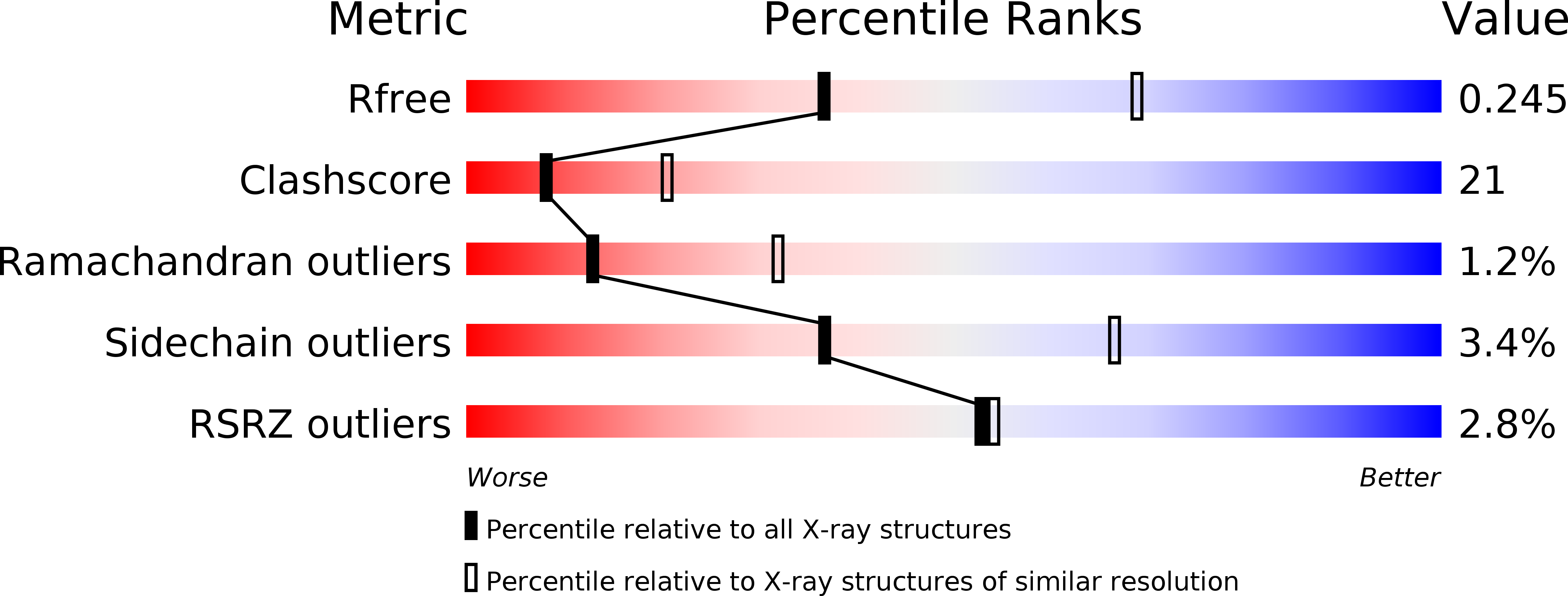
Deposition Date
2001-09-04
Release Date
2003-07-08
Last Version Date
2024-10-09
Entry Detail
PDB ID:
1JWM
Keywords:
Title:
Crystal Structure of the Complex of the MHC Class II Molecule HLA-DR1(HA peptide 306-318) with the Superantigen SEC3
Biological Source:
Source Organism:
Homo sapiens (Taxon ID: 9606)
Staphylococcus aureus (Taxon ID: 1280)
Staphylococcus aureus (Taxon ID: 1280)
Host Organism:
Method Details:
Experimental Method:
Resolution:
2.70 Å
R-Value Free:
0.22
R-Value Work:
0.19
R-Value Observed:
0.19
Space Group:
H 3


